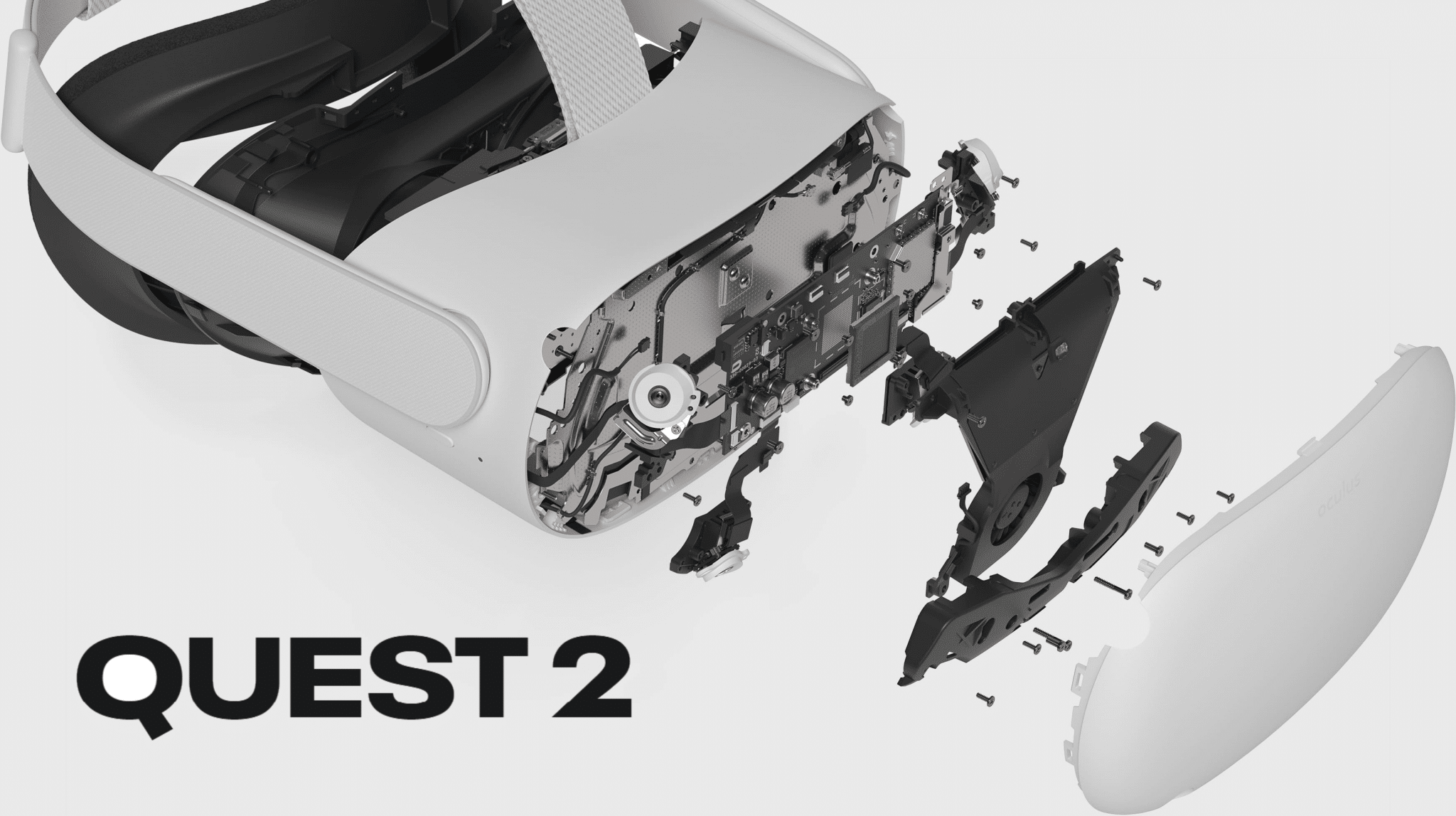The Quest v55 update brings the promised CPU & GPU clock speed increases for Quest 2 and Quest Pro.
The Quest OS dynamically adjusts the CPU and GPU clock frequencies to give apps the performance they need without wasting battery when they don’t need it.
In December, Meta increased Quest 2’s maximum GPU clock speed by 7% in a software update. In v55, the company is increasing it by a further 19%, and also increasing the maximum CPU clock speed by 26%.
Quest 2’s maximum GPU frequency should now be around 625 Mhz. For comparison, Pico 4 uses the same chipset and its maximum was 587 Mhz as of November.
Quest Pro is also getting maximum clock speed increases: 11% for the GPU and 26% for the CPU.
“As developers take advantage of these changes, you can expect smoother gameplay, a more responsive UI, and richer content on both headsets”, Meta says.
Of course, the performance of all existing standalone headsets should be dwarfed by the upcoming Quest 3, which will be the first to feature the “next-gen Snapdragon chipset” Meta claims delivers “more than twice” the GPU performance of Quest 2.
Dynamic Resolution Scaling
Quest 2 and Pro also now support Dynamic Resolution Scaling (DRS), to encourage developers to take advantage of increased resolution the clock speed increases make possible “without dropping frames”.
DRS is used in many recent console and PC games. It increases render resolution when there’s spare GPU performance available and decreases it when the GPU is under too much load, so you always get the highest practical resolution without sacrificing performance.
DRS is a developer-side feature available in the latest SDK versions.
Passcode Security Option
Quest currently allows you to set up a device unlock pattern, an ordered sequence of lines you draw between eight dots. This is also an option on many Android phones.
Version 55 adds an alternative security option, a numerical passcode between 4 and 12 characters.
Both unlock methods are also used to lock apps to prevent children using them, and to enter saved passwords in the browser.
Multi-Touch Support For Quest Browser
Version 55 also adds multi-touch gesture support for your hands or controllers to the Quest Browser, enabling interactions like pinch to zoom.
Based on the illustration Meta provided, this appears to be for the currently experimental Direct Touch interaction mode, though it may also support the default pointing and pinching mode.
Revamped Explore Tab
The Explore tab is the default 2D interface you see when you start up your Quest, showing you suggested apps, videos, and destinations as well as online followers.
With version 55 Meta says the Explore tab now shows the Meta Avatars outfits store, Horizon Worlds featured worlds, media content from Peacock, YouTube, Pluto TV and Xtadium, and Facebook and Instagram reels if either account is linked to your Meta account.
We’re not quite sure why anyone would want to watch reels on their Quest, nor why that should be in the default home screen, though.
Full-Featured Messenger App
Finally, version 55 replaces the old Quest-specific Messenger app with a native Android app.
The previous app lacked many of the features of Messenger on other platforms, but the new one appears to be the same Messenger you’d find on Android phones, Android tablets, and Chromebooks.

Quest’s OS is Android-based and it’s capable of running sideloaded 2D Android apps floating in front of you in the home interface.
In early 2021, Facebook tested distributing 2D Android apps through a new section of the Quest Store that employees had access to, but by the end of the year Meta settled on Progressive Web Apps (PWAs) as its approach to 2D apps instead. Could the Messenger app indicate a reversal of this approach, or is it just a one-off exception?





